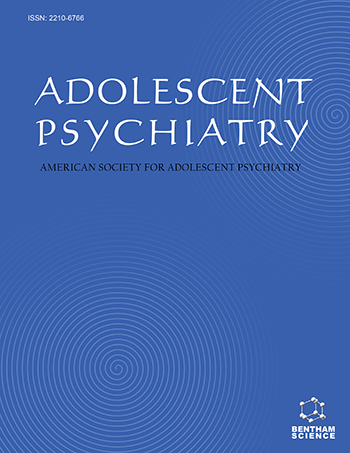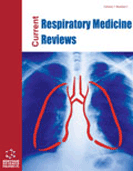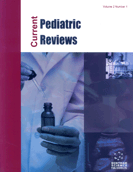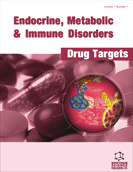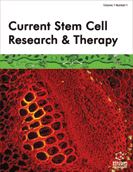Abstract
Introduction: Trauma Systems Therapy (TST) intervention arose out of the recognition that the patient population we served, many of whom were suffering from the aftermath of traumatic stress, were not improving from the traditional approaches we were using.
Method: This article summarizes the experience of developing an approach to assessment and treatment called trauma systems therapy (TST), that my colleagues and I have been evaluating and developing over the past 10 years.
Results: TST is classified by the National Child Traumatic Stress Network an effective and promising intervention .This work resulted in the writing of the book, Collaborative treatment of traumatized children and teens: The trauma systems therapy approach (Saxe, Ellis, & Kaplow 2006), which is the manual for TST. This book gives details about how and why we developed trauma systems therapy, and is the guide for assessment, treatment and systems implementation using this model.
Conclusions: TST makes sense in light of what we know about the neurobiological underpinnings of traumatic stress disorders as well as our understanding of difficulty with emotional regulation. TST is both an effective clinical model for treatment of traumatized children and adolescents, and also an organizational model for the integration of services among agencies that provide treatment to these children.
Keywords: Traumatic stress, treatment, children and adolescents, Trauma Systems Therapy, psychiatric services


